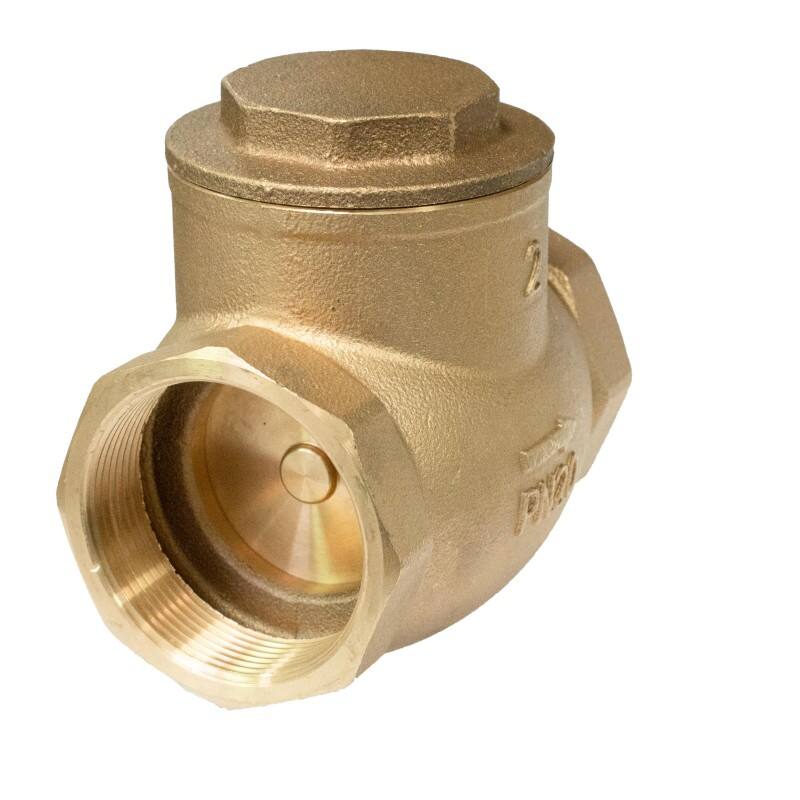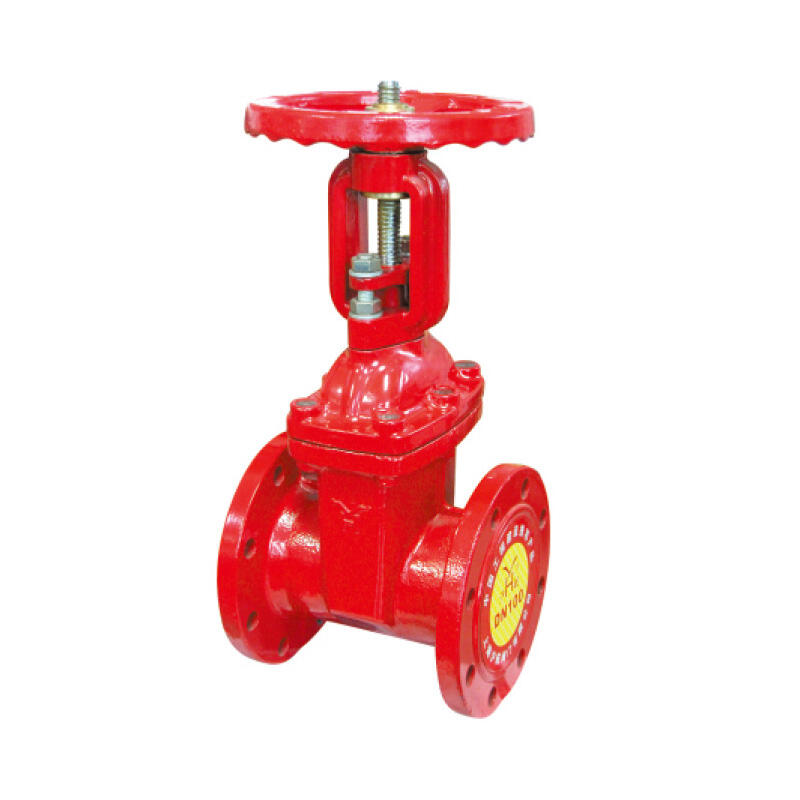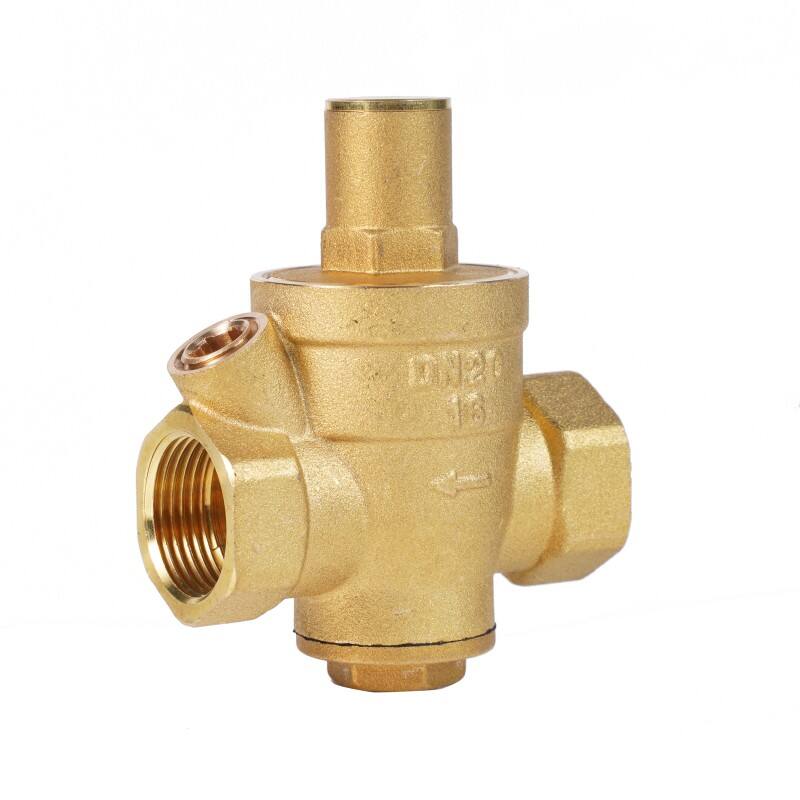electric actuated butterfly valve
The electric actuated butterfly valve represents a sophisticated flow control solution that combines precision engineering with automated operation capabilities. This advanced valve system consists of a butterfly disc mounted on a rotating shaft, controlled by an electric actuator that enables precise flow regulation. The valve operates through the rotation of the disc perpendicular to the flow, allowing for efficient control of liquids, gases, and slurries in various industrial processes. The electric actuator provides automated control through electric signals, enabling remote operation and integration with modern control systems. These valves are designed with robust construction, typically featuring cast iron, stainless steel, or specialized alloy bodies, with disc materials chosen to match specific application requirements. The system incorporates advanced sealing mechanisms to prevent leakage and ensure reliable performance across various pressure and temperature conditions. The electric actuator component includes features such as position indicators, manual override capabilities, and adjustable travel stops for precise control. Modern versions often come equipped with smart diagnostics and feedback systems, allowing for real-time monitoring and preventive maintenance scheduling.


